The cold waters of the Arctic Ocean still hold many secrets. Its bottom has not yet been thoroughly explored, but in general terms, scientists know a lot of interesting facts about it. Due to the harsh climate, it is partially ice-bound, and icebergs breaking off ice masses complicate the already difficult navigation in these parts. Despite this, the most important sea routes run through the Northern Ocean.
Interesting facts about the Arctic Ocean:
A huge amount of debris has accumulated on the bottom and surface of the Arctic Ocean. There are not so many people here who could litter, but currents bring a lot of waste here. Although, fortunately, it is still far from the famous garbage patch in the Pacific Ocean.
The waters of the Southern Ocean, washing the shores of Antarctica, are colder than the waters of the Arctic.
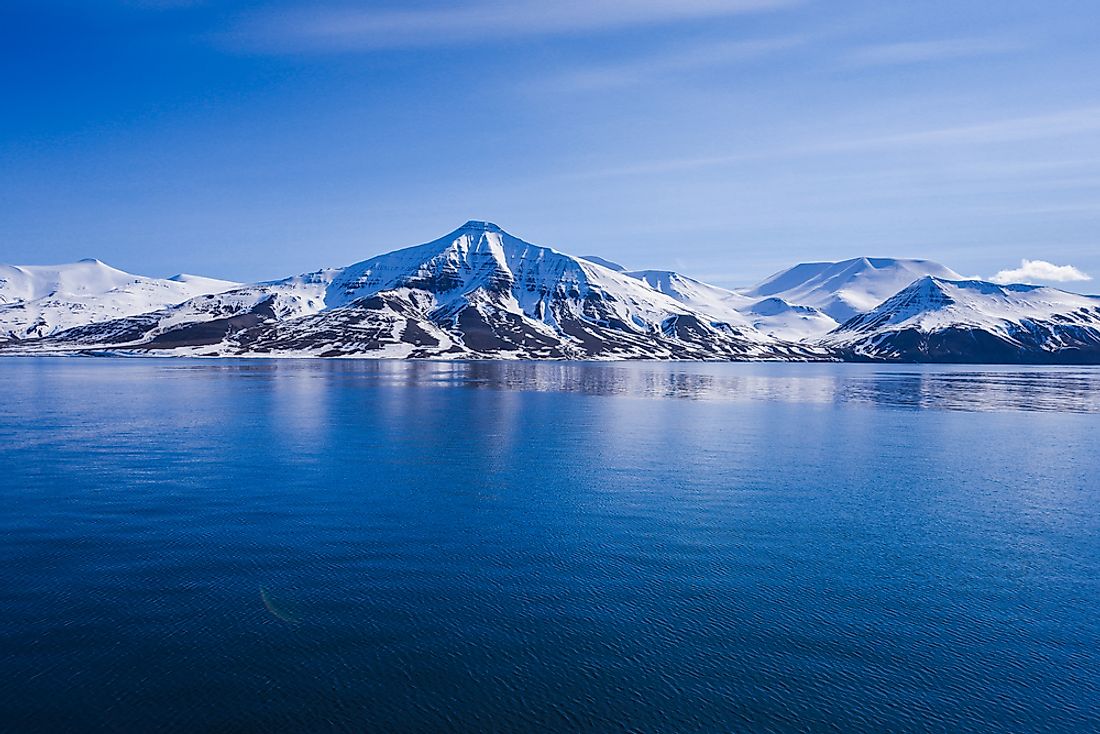
The inhabitants of the Arctic Ocean live longer than their relatives in warmer waters. Thus, the life expectancy of cod here can reach 20 years.
The Arctic Ocean washes the shores of 6 countries.
The diversity of life here is not as great as in warmer seas and oceans. However, local waters are by no means lifeless. In the Arctic Ocean, there are even jellyfish that reach a diameter of a couple of meters.
Due to the seasonal melting of ice, the salinity level water in the Arctic Ocean varies greatly in different months.
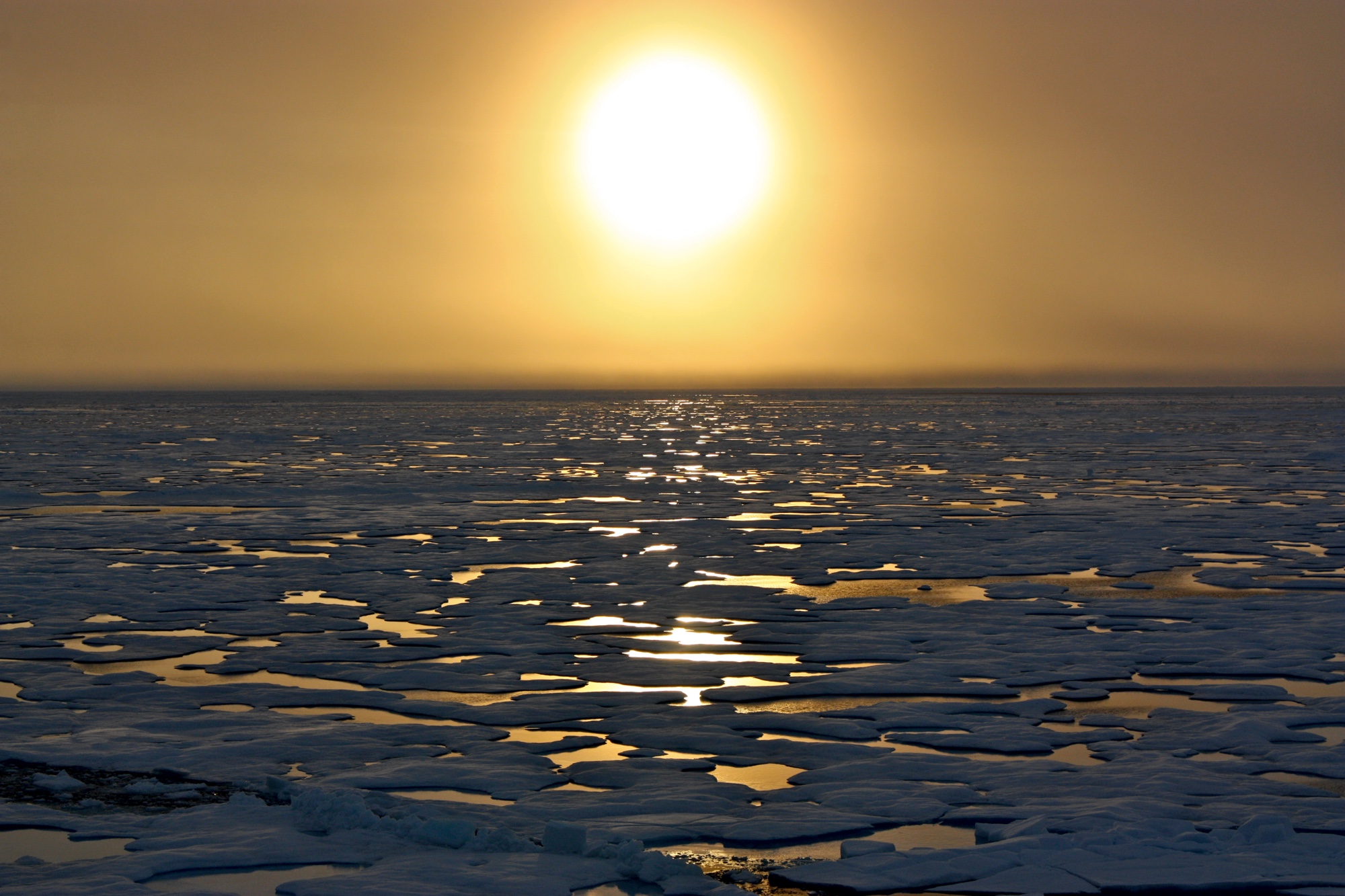
Most of the animals and birds living on the coast of the Northern Arctic Ocean, wool or plumage – white.
Due to changes climate, each year the area of multi-year ice in the ocean has gradually decreased by 80-100 thousand square kilometers.
In summer, ice in the Arctic Ocean almost does not disappear compared to winter, since the summer months here are usually sunny, but cold.
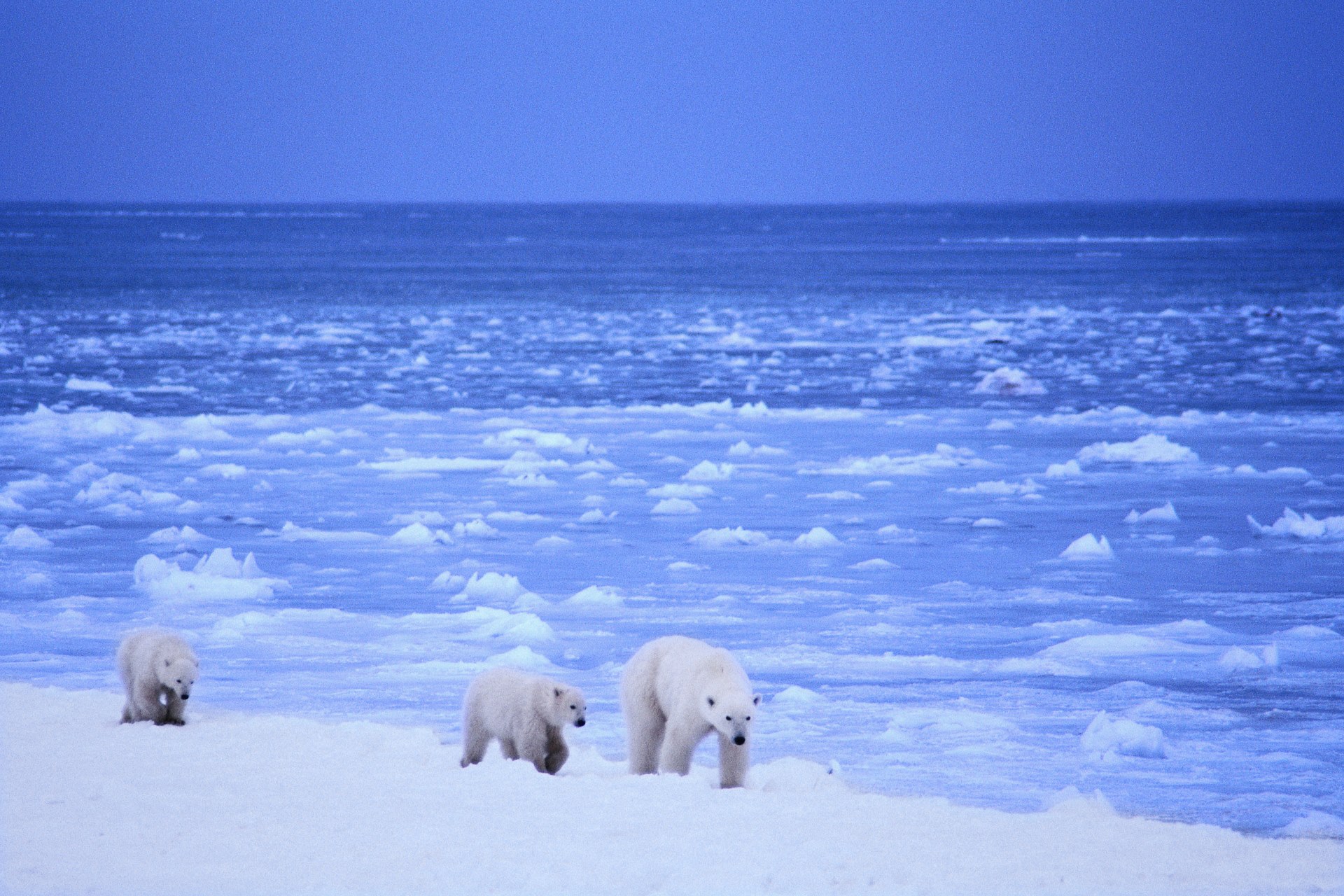
The average speed of drifting icebergs in the North Ocean is about 7 km per day, but the officially recorded record is more than 100 km per day, due to extreme weather conditions.
Of all the oceans of the Earth, it is the smallest in area.
In winter, it does not navigable because of the ice, and any sea communication is impossible on it.
In winter, the temperature on its shores usually drops to -40-45 degrees, or even lower.
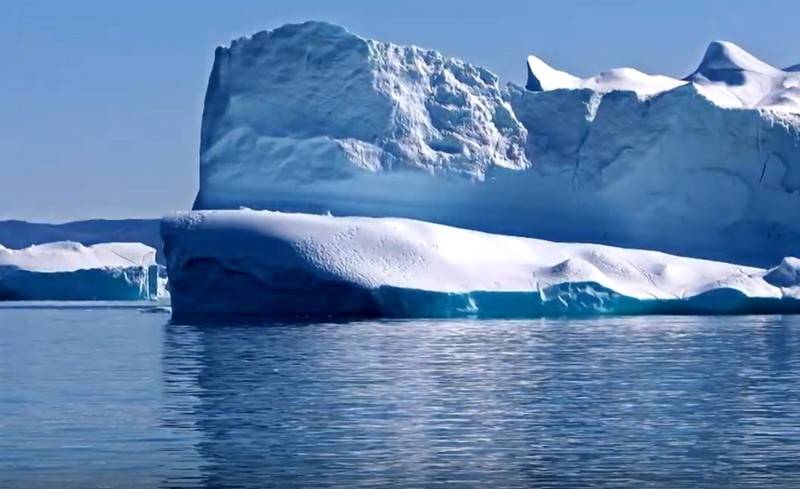
Polar bears, which are found in the Northern Ocean, sometimes travel thousands of kilometers from their native places on floating ice floes.
The iceberg, the collision with which turned out to be fatal for the infamous «Titanic», was brought by currents to the Atlantic Ocean precisely from the Arctic.
At the bottom of the Arctic Ocean, the waters are practically motionless. It takes about 7 centuries to completely renew them.

Almost 70% of the area of the Arctic Ocean falls on its seas, straits and bays.
About 150 different species of fish live in the waters of the Arctic Ocean.
The area of the Northern Ocean is about 2.5 million square kilometers smaller than the area of Russia.
Despite the fact that it is the smallest of the oceans, there are more islands in it than in the Atlantic or Indian.
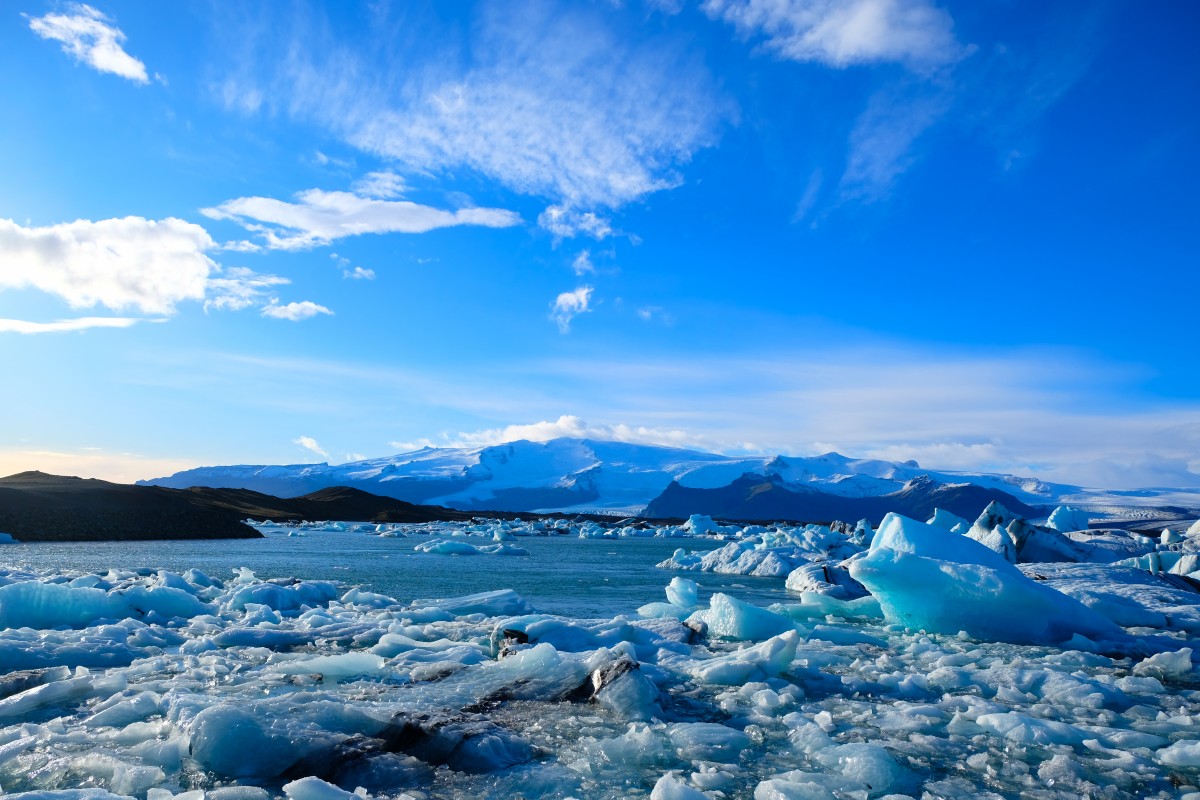
According to some estimates, up to 25% of all world oil reserves are located at its bottom.
Icebergs drift on its surface even in summer.
Under the surface of the Arctic The ocean has many warm currents. Some of them are quite fast.
Here live the largest of the seals, whose weight can reach 200 kg.
The deepest point of the Northern Ocean lies at around 5527 meters.
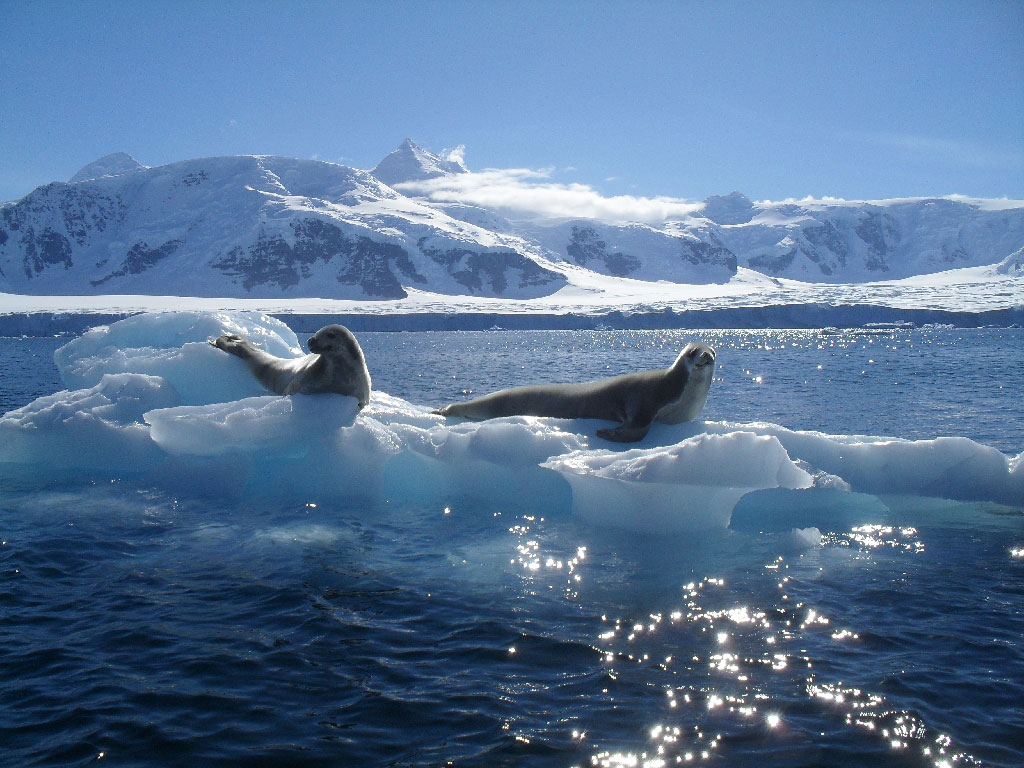




Related Posts
7 Interesting Facts About Running
7 Health Benefits of Laughing
5 Brilliant Facts About Rhinoceros Beetles